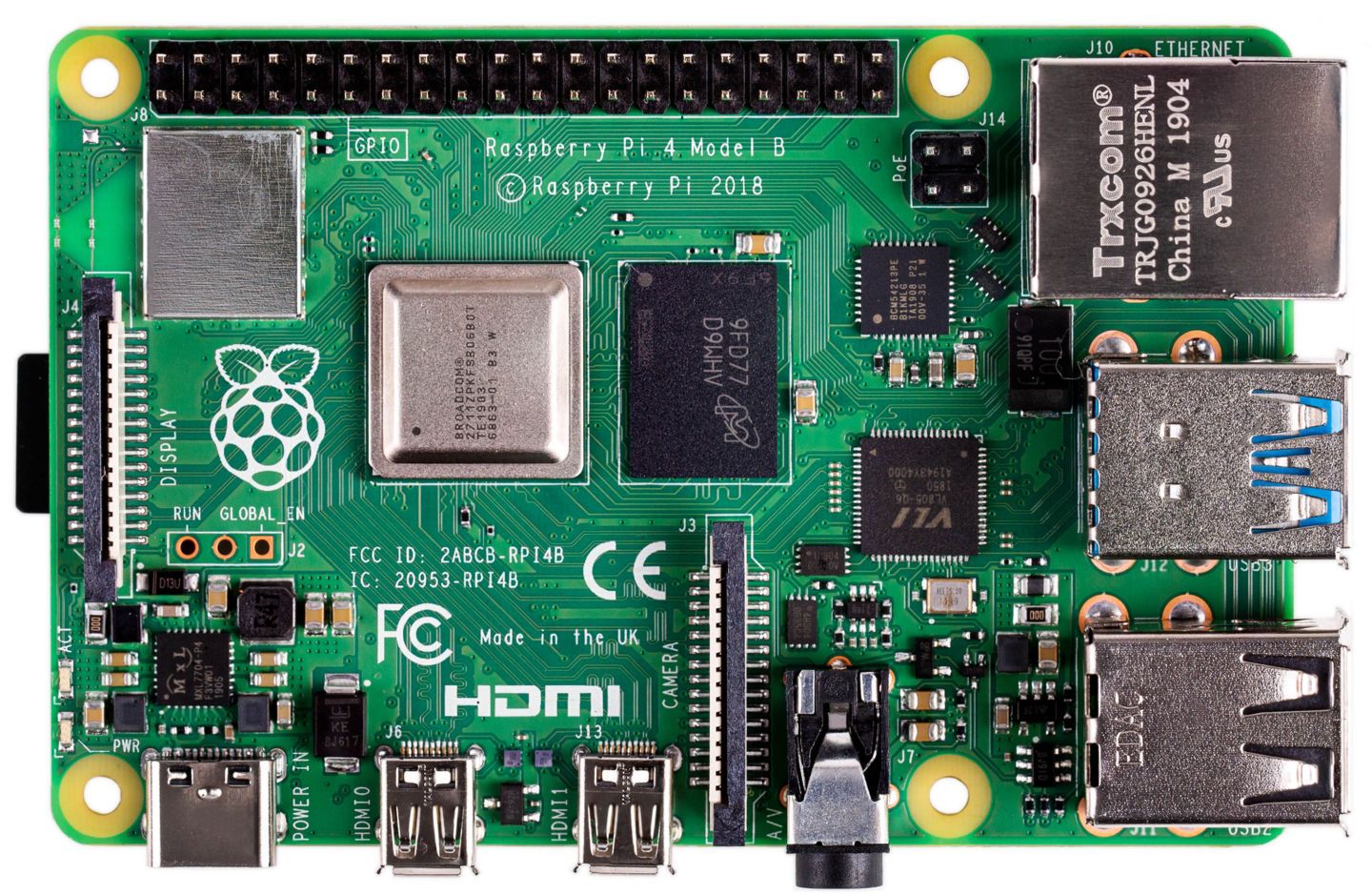Two weeks ago, we received news of the availability of Pi 4, the new version of the Raspberry Pi Foundation’s single-card computer line. The Raspberry Pi 4 keeps the same look and feel and the same starting price as its predecessor ($35) for specifications that have skyrocketed over previous versions: up to 4GB of RAM (four times faster than any previous Pi), a faster processor and GPU, faster Ethernet, dual-band Wi-Fi network, twice as many HDMI outputs and two USB 3 ports.
In addition, the Raspberry Pi 4 is the first computer in the Foundation’s catalog to be equipped with a USB C port for power supply. This is also the source of bad news… The USB-C port, which is designed to provide the electrical energy required to operate the computer, is not compliant. In a recent press release, Eben Upton – one of the co-founders of the Raspberry Pi Foundation – confirmed this information. However, it should be emphasized that it is the hobbyist Tyler Ward who first gets to the bottom of the problem.
“The new Raspberry Pi is equipped with a type C USB power port and some users complain that some chargers do not work (including MacBook chargers). Some have hypothesized that this is due to the manufacturer’s power limitation, but in fact, it is due to a design flaw in the USB connection. The cause of the problem is the presence of a pulling resistance against the common ground on the CC1 and CC2 wires of the C-type USB connector,” he explains.
Partial diagram of the Raspberry Pi 4
“This is not a problem with most chargers, as the base cables only use a DC line, so the Raspberry Pi is correctly detected and receives power. The problem is with electronically marked cables that use both DC connectors,” he adds. By using an electronically labeled USB-C cable with an intelligent charger, the Raspberry Pi is identified as an audio accessory so that the power supply does not supply it with power.
Google’s Benson Leung has commented on this issue and accuses the Raspberry Pi designers of not complying with the standards. “The Raspberry Pi team has made two critical mistakes. The first is that they designed this circuit themselves, perhaps trying to do something intelligent with current level detection, but failed to do it right. Instead of inventing circuits, hardware designers should simply copy the USB-C specification. The second mistake is that they didn’t really test their design with cables equipped with electronic marking chips,” he says.
The concern in the current situation is that cables with electronic marking chips are quite common. For example, every MacBook since 2016 has an electronically marked USB-C cable. After the Tyler Ward blog post was published, the Foundation announced that a corrected version of the Raspberry Pi 4 is on its way. After taking note of the announced changes, owners of Raspberry Pi 4 must use 4 cables USB-C without chips for electronic identification – as with many smartphone chargers. Of course, it is necessary to consider a power supply box that can supply 5 volts at a maximum current of 3 amps.
This design flaw is the second problem a Raspberry Pi Foundation product has experienced in recent months. Last August, the Foundation launched the Raspberry Pi Power Over Ethernet (PoE) HAT. As with the USB-C, there were power problems with this expansion card.
Sources: Tyler Blog
